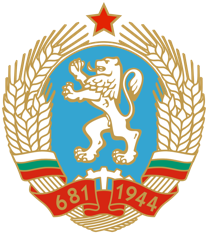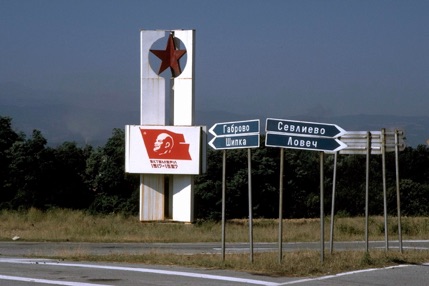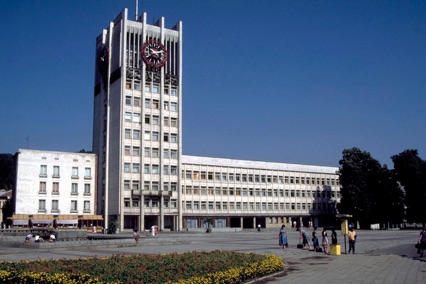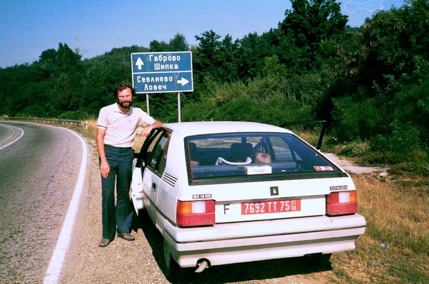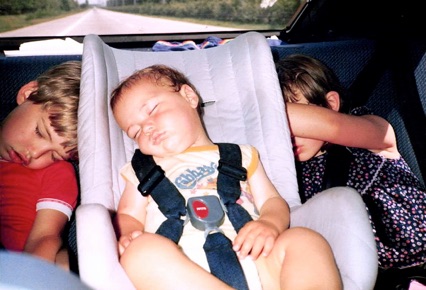Europe 1987

Kyrgyzstan and Tajikistan 2018

We all woke early with sore backs after very uncomfortable sleeps. We left Veliko Tǔrnovo before 9:00am, having managed to book our accommodation for the night ahead of us in Plovdiv, Bulgaria’s second largest city.
Our drive took us from Veliko Tǔrnovo through Dryanovo and Gabrovo to Shipka, where we took a short diversion to admire and photograph the beautiful red-walled golden-domed Shipka Memorial Church. We continued our drive to Kolofer, where we took a diversionary loop through the Valley of the Roses. The Valley of the Roses is an extensive region of (you guessed it) rose growing. We had hoped to see the extensive plantations of roses, but that hope wasn’t realised. We don’t know where the roses had gone (presumably rose plants are neither mobile nor nomadic), but there were almost none to be seen anywhere near any of the roads we took through the heart of the region.
The loop through the valley of the Roses also took us through the city of Karlovo before continuing our drive south to Plovdiv. As an aside, the header photo I have used on this and every page of the Travel Diary is a photo I took on the outskirts of Karlovo. It shows a fence of what I think was probably a military base with paintings of doves of peace and the word мир (peace) in Russian (it means “world” in Bulgarian). The bold words beside the doves are in Bulgarian, and mean “forces” (сили) and “peace is necessary” (мирнит е необходим).
Navigation for our drive west through Bulgaria was a team effort. All the road signs were in Cyrillic script, but our road map was in Roman script. Fortunately, I had taught myself Cyrillic script and sounds earlier in the year when I visited the USSR; it was a necessary survival skill in the Soviet Union to read road signs, Metro station signs and names, bus destination signs, and so on. So, as we approached major intersections with road signs, I would read and sound out the names, and Di would check the map and tell me which way we needed to proceed. We managed to navigate our way without a single wrong turn.
Our drive through the mountain areas was cool with lovely scenery, but driving through the low valley areas was very hot and uncomfortable by comparison. We completed our 270 kilometre drive from Veliko Tǔrnovo to Plovdiv at about 3:00pm, but that was when the “fun” started.
We had already found that maps in Eastern Europe varied in quality between poor and very poor, and our map of Plovdiv took “very poor” to new extremes. We tried to find the hotel we were booked into, but the pattern of roads we encountered bore little resemblance to the map. To make the process even more frustrating, I was stopped twice within a single block by two different police squads who wanted to see my passport and driver’s licence. We stopped about ten times to ask directions, and in hindsight, it would have helped to learn a bit more Bulgarian before doing so, because we were none the wiser for having made the effort.
Finally, with the aid of our bad map and knowing we must be close, I parked and went off on foot to explore while Di stayed with the children and the car. That walking trek proved to be successful – it turned out that our hotel (the Hotel Bulgaria) was located on a pedestrian plaza (Vasil Kolarov Street) and was thus inaccessible by car. Our room, on the corner of Vasil Kolarov Street (later to be re-named Knyaz Alexander II Street) and Patriarch Evtimiy Street, had a lovely view across the pedestrian plaza to the fountains of Stefan Stambolov Square with Plovdiv City Hall behind.
Once we had settled into the hotel, we headed out for drinks and then a walk through the old part of town, which was very pretty. An interesting “find” was the old Roman amphitheatre, the Theatre of Philippopolis, located above a road tunnel that we had been driving through earlier in the afternoon, blissfully unaware that we had been driving beneath it. Constructed during Roman occupation during the 90s of the 1st century, the amphitheatre seats about 6,000 people and is still in used for musical and theatrical productions.

Day 24
Veliko Tǔrnovo to Plovdiv
Wednesday 5 August 1987
